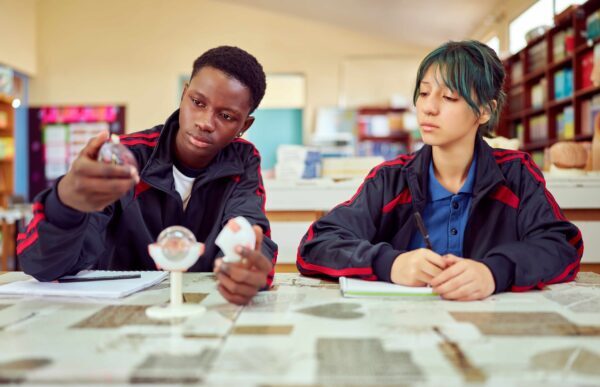Institution and Its Mission
The School of Freshwater Sciences at the University of Wisconsin-Milwaukee is the only graduate school in the United States solely dedicated to freshwater research and education. It was established in direct response to the region’s unique relationship with Lake Michigan and the Great Lakes system.
The institution supports the broader landscape of science in Milwaukee by linking academic training with practical environmental stewardship. Its mission is straightforward: advance understanding of freshwater ecosystems and train professionals who can respond to real-world environmental challenges.
Facilities include a dockside laboratory, a fleet of research vessels, and several field stations. Not flashy — but functional. And built for longevity.
Scientific Focus Areas
Freshwater science in Milwaukee requires a blend of lab work, field observation, and data modeling. The School’s research areas reflect this mix. Faculty and students investigate aquatic ecosystem dynamics, climate effects on water quality, fisheries science, microbiology of urban waterways, and advanced sensing technologies.
It started in narrow scopes — one estuary, one cycle. Then broadened.
Among ongoing efforts:
- Monitoring nutrient loading and algal blooms
- Studying fish population shifts in urban waters
- Analyzing sediment chemistry and pollution
- Developing predictive models for coastal erosion
- Mapping microbial diversity in drinking water systems
The research advanced. Not rapidly. But persistently.
Each area connects science with community need. Milwaukee’s reliance on Lake Michigan makes the city both beneficiary and steward — and the research reflects that relationship.
Educational Programs
Education in sustainability takes a central role at the School. The institution offers graduate-level degrees: a professional master’s in freshwater science and a research-intensive Ph.D. program. There’s also an undergraduate pipeline through affiliated colleges.
Students learn how to sample in winter. How to manage data from irregular instruments. How to speak about science to non-scientists — and be understood.
One class worked with raw lake samples. Another used sonar data to measure fish migration. The programs don’t just teach theory; they apply it to the basin that surrounds the school’s front door.
In recent years, short-term workshops and public courses have expanded access to freshwater education. These target teachers, municipal staff, and non-specialists.
There’s repetition in the curriculum. Not duplication — but reinforcement. Concepts reappear. Context shifts.
Real-World Applications
The School of Freshwater Sciences supports projects that directly inform local decision-making. Municipal partnerships focus on stormwater management, contamination risk assessments, and wastewater innovations.
Research feeds back into Milwaukee’s water infrastructure — from filtration studies to bioindicator analysis. These efforts guide city planners, engineers, and health departments.
Students participate in applied science through internships and capstone projects. Some measure pathogen loads after rainfall. Others audit conservation impact near urban inlets.
It isn’t always clean work. Field notes get wet. Sensors freeze. But the findings reach policy desks. Sometimes weeks later. Sometimes years. Still — they land.
One example: data collected on shoreline erosion has informed revisions to public zoning regulations along Lake Michigan. Another: microbial source tracking improved safety protocols at local beaches.
What’s produced isn’t just knowledge. It’s guidance. Quantified.
Core Areas of Study (Selected)
- Aquatic Ecology
- Environmental Microbiology
- Climate-Water Interactions
- Freshwater Policy and Governance
- Remote Sensing and Data Visualization
- Fisheries and Aquaculture
- Urban Water Systems
- Coastal Engineering and Modeling
Each topic links regional concerns with broader global trends in freshwater science.
The University of Wisconsin-Milwaukee’s School of Freshwater Sciences stands at the intersection of academic research and public service. It’s not a headline institution. It doesn’t aim to be.
Instead, it gathers data. Shares it. Repeats the process.
The campus smells like lake air. Sometimes fish. Lab coats hang by the dock. Students walk between whiteboards and water tanks. Faculty lectures pause for ship schedules.
It’s science. In Milwaukee. And it runs deep.


